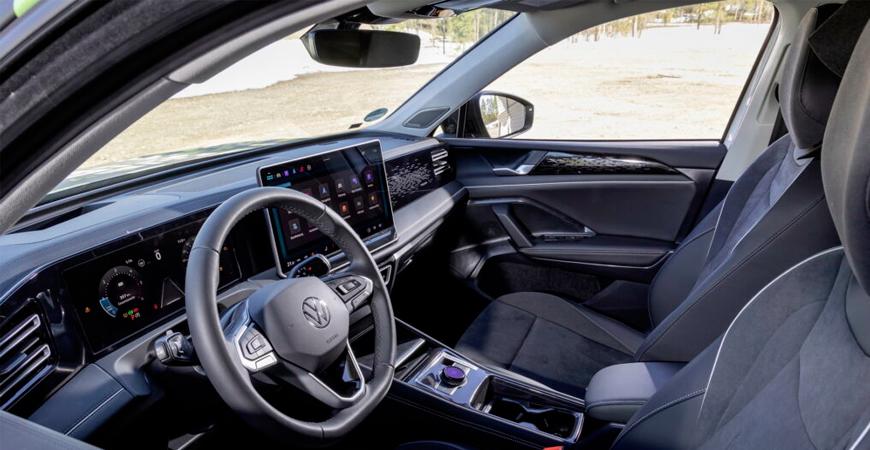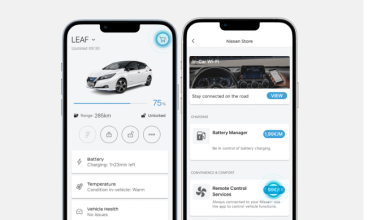Volkswagen admits touch controls caused significant damage, Promises revisions

Date: June 23, 2023
Volkswagen admitted that their extensive use of touch-based control systems in their vehicles has caused considerable damage. Following numerous complaints from customers and industry experts regarding the functionality and safety of touch controls, Volkswagen conducted an internal review. The findings confirmed that touch-based interfaces have led to several issues, including driver distraction, reduced ergonomics, and compromised safety on the road.
At the recent pre-production debut of the new Volkswagen Tiguan, VW CEO Thomas Schafer claims the widely condemned addition of touch-sensitive controls to his brand’s vehicles “definitely did a lot of damage” and he has vowed to introduce more straightforward, useful interiors in all upcoming vehicles.
Schafer stated “The cabin of the redesigned crossover, which is largely different from that of the Volkswagen ID 3 and Volkswagen Golf, is a sign of things to come for Volkswagen”.
The redesigned layout will be introduced with the next-generation Tiguan. Volkswagen has apparently paid close attention to the interior of the new Tiguan, which was fully unveiled in pre-production form without any camouflage. The vehicle’s most striking feature is the massive 15-inch touchscreen infotainment system, which protrudes fairly prominently from the dashboard. A head-up display and a smaller digital instrument cluster enhance the overall digital cockpit experience.
In addition to future design changes, Volkswagen has pledged to offer software updates and retrofits where possible to improve existing touch-controlled systems in their vehicles. The company plans to engage with customers, dealerships, and experts to gather valuable insights and suggestions for the upcoming revisions.
As Volkswagen takes responsibility for the damage caused by touch controls, the industry will be watching closely to see how the company addresses these concerns and implements the necessary improvements. This move highlights the importance of user feedback and the continual evolution of automotive design to meet the ever-changing needs of drivers in an increasingly connected world.




